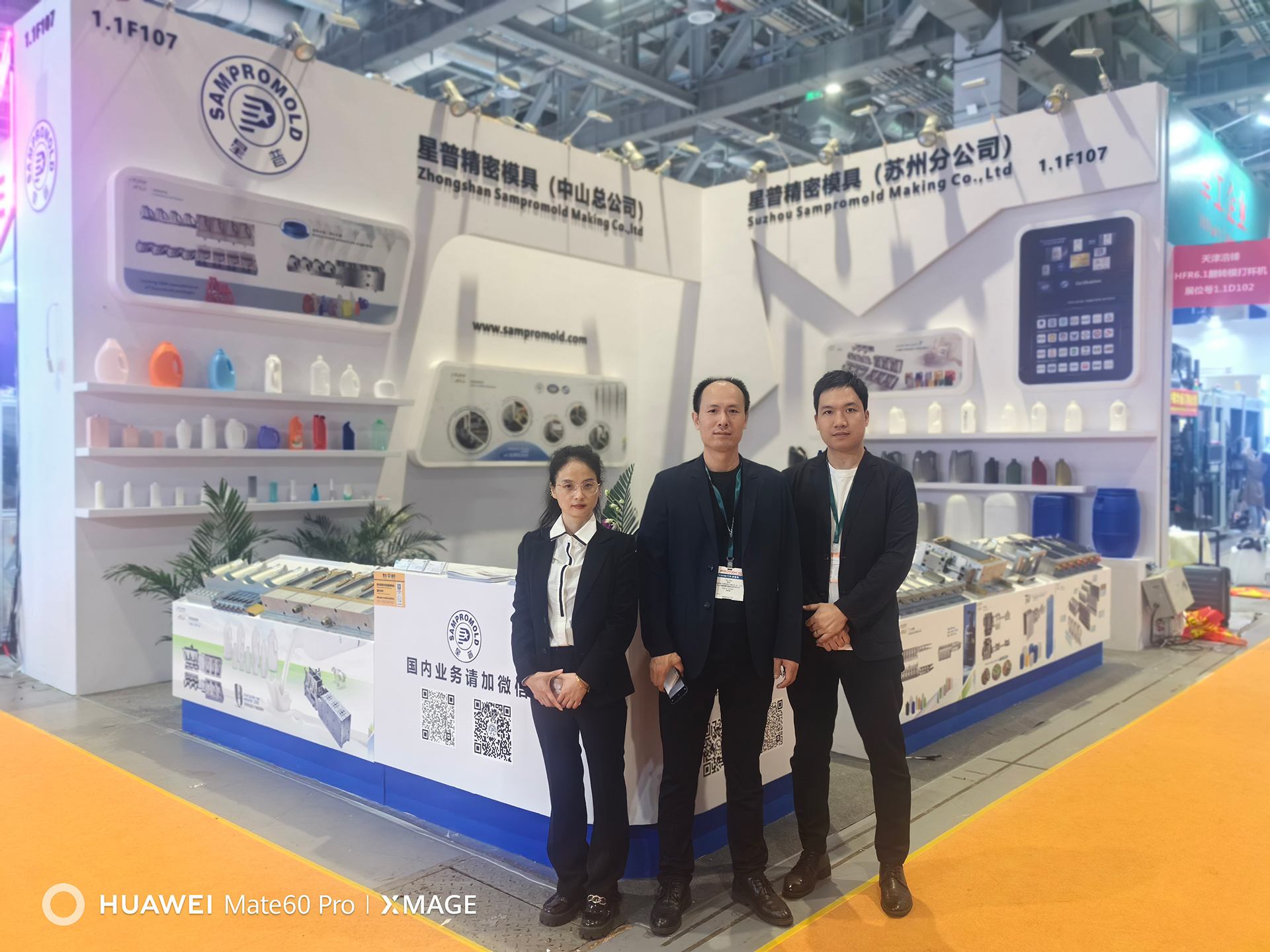Mastering the Art of Classy Vinegar Bottle Blow Molding: Insights for Manufacturers
Time:
2025-04-22
Creating a classy Vinegar Bottle Blow Mold involves understanding both the technological aspects of manufacturing and the design elements that appeal to consumers. Blow molding is a versatile process widely used in the manufacturing of plastic products, allowing for the production of hollow shapes that are lightweight yet durable. The process is particularly suited for items like vinegar bottles, where aesthetics and functionality are paramount.
When designing a classy vinegar bottle, several factors should be considered. First, the choice of material is crucial. Typically, high-density polyethylene (HDPE) or polyethylene terephthalate (PET) are popular choices due to their excellent barrier properties and recyclability. These materials not only preserve the integrity of the vinegar but also contribute to a sleek and contemporary appearance.
Next, the bottle's design should reflect its purpose. A classy vinegar bottle often features elegant shapes and finishes that convey a sense of quality and sophistication. Incorporating unique design elements—such as curvatures, textured surfaces, or subtle coloring—can set your product apart in a competitive market. This is where the skills of a designer and the capabilities of blow molding technology intersect, allowing for innovation while adhering to manufacturing feasibility.
The process of blow molding itself involves heating a plastic preform and then inflating it within a mold to achieve the desired shape. Precision in mold design is crucial for producing high-quality outputs. Factors such as mold temperature, cooling rates, and ventilation need careful consideration to ensure the final product meets the desired standards.
In addition to aesthetic considerations, functionality is also essential. A classy vinegar bottle should be easy to pour and store. Designing a user-friendly spout or a cap that prevents spills will enhance the overall experience for consumers. Additionally, ensuring that the bottle is sealed securely can extend shelf life, appealing to both manufacturers and consumers alike.
Lastly, sustainability is an increasingly important aspect of product design. Incorporating recycled materials and designing bottles that are easy to recycle can not only improve your brand's image but also align with consumer preferences for environmentally friendly products.
In conclusion, mastering the art of creating classy vinegar bottles through blow molding requires a balance of design, material selection, and manufacturing precision. By focusing on these elements, manufacturers can produce vinegar bottles that are not only functional but also elevate the consumer's experience, ultimately leading to greater market success.
RELATED NEWS













